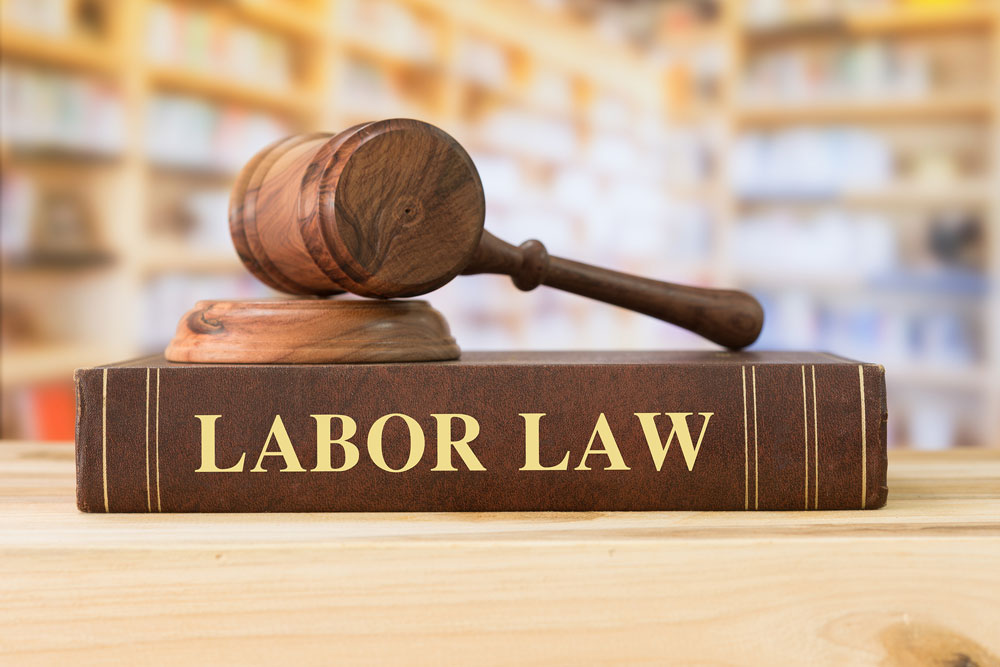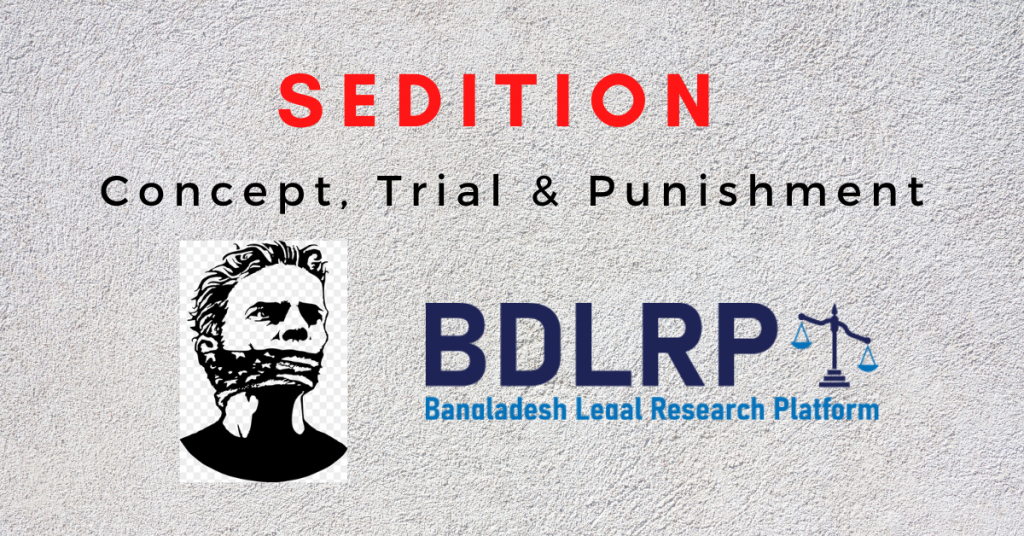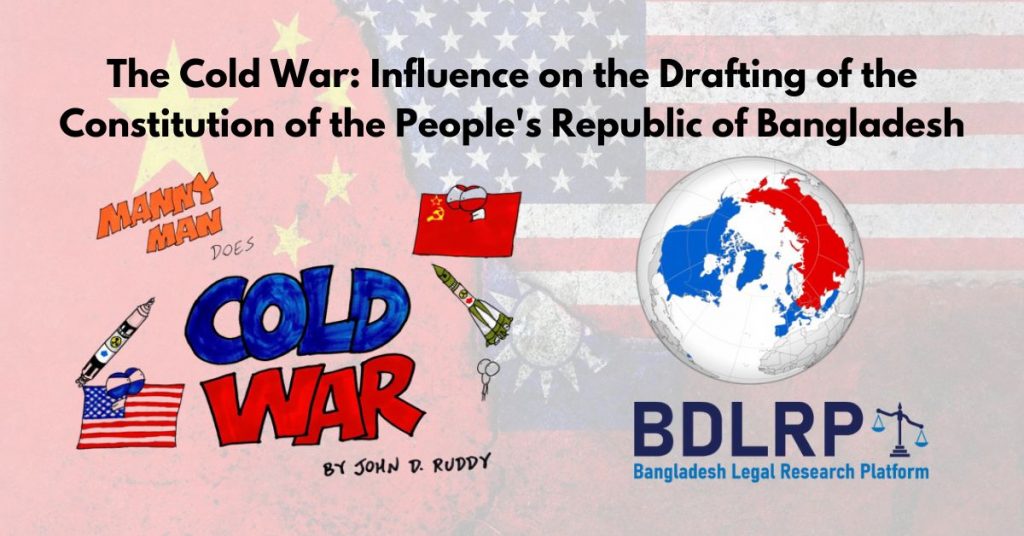- Child Labour :
United Nations International Children’s Emergency Fund (UNICEF) defines “child” as anyone below the age of 18 years old. UNICEF defined “Child labor is work that exceeds a minimum number of hours depending on the age of a child and on the type of work. Such work is considered harmful to the child and should therefore be eliminated.”
A child involved in child labour activities if between 5-11 years of age, he/she did at least one hour of economic activity a day or at least 28 hours of domestic work in a week & in case of children between 12-14 years of age, he/she did at least 14 hours of economic activity or at least 42 hours of economic activity & domestic work per week.
The International Labour Organization (ILO) defines child Labor as:
- When a child is working during early age.
- He overworks or gives overtime to Labour.
- He works due to the psychologically, socially, and materialistic pressure.
- He becomes ready to Labor on a very low pay.
According to the Labour Law of Bangladesh, the minimum legal age for employment is 14. However, as 93 per cent of child laborers’ work in the informal sector – in small factories and workshops, on the street, in home-based businesses and domestic employment.
- Difference between child work and child labour :
The UNICEF makes a distinction between these two terms. As they said:
- Child work is not bad, when that work is supervised by an adult, the work time isn’t excessive and if the work has no risk.
- Child labour is based on full time work, which can cause psychological and physical stress, inadequate salary or not having the chance to study because of that work.
- Forms of Child Labor :
There are many common to rare, but for better understanding, we can broadly categorize child Labor as:
- Away from home/ families : Factories, Mining, Hotel Boy, Bus Helper.
- Agriculture : Harvesting, Farming.
- Household : Cooking, Sewing and Cleaning.
- Others : Drug Trafficking, Circus, Begging etc.
- Distribution of Child Labor varies greatly depending on –
Geography
Culture and Religion
Gender
Economic condition etc.
- Another Forms of child labour –
- Child work in Various Factories
- Hazardous Child Labour
- Child Prostitution and Pornography
- Children used in Armed Conflict
- Child Trafficking
- Children used for crime
- Domestic Works as Child Labour
- Trafficking and Commercial Sexual exploitation
- Child work in transportation
- Working street girls
- Child Labour in Bangladesh :
Bangladesh is a third world country. And because of is very reason, using the children as a labours is a very common and overlooked factor and the percentage of child labour is high. Bangladesh, as a developing country, child labour has socio-economic acceptance. Acceptance of child labour is a social crime and also a shame for society. Various statistics as well as news reports confirm that child labour is a growing problem for this country.
According to a UNICEF report of 2013,
- In Bangladesh, 7.4 million aged 5-17 and 4.7 million aged 5-14 Childs are working today.
- Children engaged in hazardous labour, 3.2 million aged 5-17 and 1.3 million aged 5-14.
- The percentage of child labour is overwhelmingly higher in rural areas of Bangladesh compared to urban areas, respectively 83% and 17%.
- Child domestic workers is 4.21 million.
According to a BBS and Others report,
- A BBS (Bangladesh Bureau of Statistics) report in 2003 stated that 3.2 million were active child labourers while 1.3 million children were engaged in hazardous jobs. After 10 years, in 2013, the total figure of child labour was 3.45 million, with 1.288 million in hazardous jobs, an increase of around 250,000.
- There are many identified sectors of child labour in Bangladesh like in tea stalls, shops, waiters in hotels, bricklayers, automobile garages, plying rickshaws, farming and domestic service, where it is higher. Around 87 per cent female and 12.3 per cent are male among domestic child workers, among them 42 per cent are children aged between 12 to 14 years.
- In Bangladesh, high rates of population growth, poverty, illiteracy are the reasons behind the increase of child labour. In 2016, 12.9% of citizens of Bangladesh lived in extreme poverty. For survival, poor families send their children to work as an extra income source for the family because the parents have no stable income to sustain their household expenditure. Highly inequitable distribution of national income and the poverty rate of Bangladesh increase the probability of people sending their children to work.
- The absence of legal safeguards against child labour is another major reason for the rising numbers child labourers in Bangladesh. Although there is a Child Labour Act 2006, a National Child Labour Elimination Policy 2010 and The Labour Act of 2013, all adopted to save our children from the dangers of child labour, it is regrettable that these acts remain confined to books, papers or articles where the laws were written.
- The dysfunction of laws not only helps to increase child labour but also encourages child labour exploitation. The rate of child labour exploitation is higher in the domestic labour sector than other sectors.
- Types of exploitation on children include physical and mental torture, sexual abuse and also murder. In Bangladesh, approximately 57 per cent of child workers are being tortured physically. According to Ain o Shalish Kendro (ASK), between 2008 and 2011, 2709 reports have been published in newspapers about violence against domestic workers, among them 729 children.
According to Nobel laureate Kailash Satyarthi, “Child labour perpetuates poverty, unemployment, illiteracy, population growth and other social problems.”
- Child Labour in The World :
Child labour is a major barrier blocking the latent talent of each child. According to the International Labour Organization (ILO), approximately 168 million children are trapped in work today, while around eight million children are involved in hazardous work.
Another Survey Passed by the ILO Results and trends, (2012-2016) :
- Worldwide 218 million children between 5 and 17 years are in employment; 152 million are victims of child labour.
- Almost half of them, 73 million, work in hazardous child labour. Hazardous child labour is most prevalent among the 15-17 years old.
- Nevertheless up to a fourth of all hazardous child labour (19 million) is done by children less than 12 years old.
- In absolute terms, almost half of child labour (72.1 million) is to be found in Africa; 62.1 million in the Asia and the Paci_c; 10.7 million
- In the Americas; 1.2 million in the Arab Statesand 5.5 million in Europe and Central Asia.
- In terms of prevalence, 1 in 5 children in Africa (19.6%) are in child labour, whilst prevalence in other regions is between 3% and 7%: 2.9% in the Arab States (1 in 35 children); 4.1% in Europeand Central Asia (1 in 25); 5.3% in the Americas (1 in 19) and 7.4% in Asia and the Paci_c region (1 in 14).
- Almost half of all 152 million children victims of child labour are aged 5-11 years; 42 million (28%) are 12-14 years old; and 37 million (24%) are 15-17 years old.
- Among 152 million children in child labour, 88 million are boys and 64 million are girls. 58% of all children in child labour and 62% of all children in hazardous work are boys. Boys appear to face a greater risk of child labour thangirls, but this may also be a reaection of an under-reporting of girls’ work, particularly in domestic child labour.
- Child labour is concentrated primarily in agriculture (71%), which includes shing, forestry, livestock herding and aquaculture, and comprises both subsistence and commercial farming; 17% in Services; and 12% in the Industrial sector, including mining.
- Source:The ILO, Global Estimates of Child Labour: Results and trends, 2012-2016
- Consequences of Child and Adolescent Labour :
As in common sense, there are some benefit of child labour as given below:
- Oftentimes, families rely on the extra income produced by their children in order to sustain their livelihood.
- Many children are forced to work to help support the family. In other cases, children are forced to work for a living for themselves because their families abandoned or could not take care of them.
- It also help to increase the rate of GDP and GNP of the county.
But it has a great demerits as we learn from the world history as:
- Before 200 years ago, UK and US were involved in serious effect of child labour. As they made the child worker by their 7-8 years old children. The children worked as average of 10-16 hours daily. According to The Workhouse: Story of an Institution in UK , there were 49% Child Labour as the whole labour force in the country in 1821.
- According to The Documentations of Child Labour: US National Archives in US, there were about 2 million Child in US who are actively involved in Child Labour before 100 years ago.
But all those developed country change their mind as on Child Labour as it harms very much in the child life as well as the economy of the country also. So, they started to educate their nation, because they understood that knowledge is the actual power in the modern world.
- Dangerous Consequences for future of a Child or Adolescent Labour :
Physical injuries and mutilations are caused by badly maintained machinery on farms and in factories, machete accidents in plantations, and any number of hazards encountered in industries such as mining, ceramics and fireworks manufacture.
Pesticide poisoning is one of the biggest killers of child laborers. In Sri Lanka, pesticides kill more children than diphtheria, malaria, polio and tetanus combined. The global death toll each year from pesticides is supposed to be approximately 40’000.
Growth deficiency is prevalent among working children, who tend to be shorter and lighter than other children; these deficiencies also impact on their adult life.
Long-term health problems, such as respiratory disease, asbestosis and a variety of cancers, are common in countries where children are forced to work with dangerous chemicals.
HIV/AIDS and other sexually transmitted diseases are rife among the one million children forced into prostitution every year; pregnancy, drug addiction and mental illness are also common among child prostitutes.
- Laws to prevent Child Labour in Bangladesh :
Child labour is a violation of fundamental human rights and has been shown to hinder children’s development, potentially leading to lifelong physical or psychological damage. Evidence points to a strong link between household poverty and child labour, and child labour perpetuates poverty across generations by keeping the children of the poor out of school and limiting their prospects for upward social mobility. This lowering of human capital has been linked to slow economic growth and social development. Recent ILO studies have shown that the elimination of child labour in transition and developing economies could generate economic benefits much greater than the costs, which are mostly associated with investment in better schooling and social services. The fundamental ILO standards on child labour are the two legal pillars of global action to combat child labour.
Key legislative landmarks in the international reappraisal of child labour include:
· 1919: ILO Minimum Age (Industry) Convention No.5: Establishes 14 years as the minimum age for industrial work
· 1930: ILO Forced Labour Convention No. 29: Provides for the suppression of forced labour in all its forms
· 1966: UN International Covenant on Civil and Political Rights: Article 8 confirms that slavery and forced labour are unacceptable
· 1966: UN International Covenant on Economic, Social & Cultural Rights: Article 10 seeks protection for young people from economic or other exploitation and requires each State to set a minimum employment age.
· 1973: ILO Minimum Age Convention No. 138: Introduces an obligation to ensure that children are not employed at an age younger than that for completion of compulsory schooling. Associated Recommendation 146 calls for countries to raise minimum employment to 16 years.
· 1989: UN Convention on the Rights of the Child: Affirms the Childs right to the full range of civil, political, social, economic and cultural rights, including protection from work that is counter to the Childs interests.
· 1999: ILO Worst forms of child labour Convention No.182: addresses the extremes of child labour calling for their immediate elimination.
- Minimum Age Convention, 1973 (No. 138)
This fundamental convention sets the general minimum age for admission to employment or work at 15 years (13 for light work) and the minimum age for hazardous work at 18 (16 under certain strict conditions). It provides for the possibility of initially setting the general minimum age at 14 (12 for light work) where the economy and educational facilities are insufficiently developed.
- Worst Forms of Child Labour Convention, 1999 (No. 182)
This fundamental convention defines as a “child” a person under 18 years of age. It requires ratifying states to eliminate the worst forms of child labour, including all forms of slavery or practices similar to slavery, such as the sale and trafficking of children, debt bondage and serfdom and forced or compulsory labour, including forced or compulsory recruitment of children for use in armed conflict; child prostitution and pornography; using children for illicit activities, in particular for the production and trafficking of drugs; and work which is likely to harm the health, safety or morals of children. The convention requires ratifying states to provide the necessary and appropriate direct assistance for the removal of children from the worst forms of child labour and for their rehabilitation and social integration. It also requires states to ensure access to free basic education and, wherever possible and appropriate, vocational training for children removed from the worst forms of child labour.
- The Constitution of Bangladesh
Article 34 of the constitution defines the Prohibition of forced labour-
- All forms of forced labour are prohibited and any contravention of this provision shall be an offence punishable in accordance with law.
- Nothing in this article shall apply to compulsory labour :
- by person undergoing lawful punishment for a criminal offence or
- required by any law for public purpose.
- The Bangladesh Labour Act, 2006
It defines about child and adolescent worker employment and other necessary requirements. It is from Section 34 to 44 of this Act.
- Other Laws of Bangladesh about Child Labour
- The Mines Act, 1923
- The Children (Pledging of labour) Act, 1933
- The Employment of Children Act, 1938
- The Road Transport Workers Ordinance, 1961
- The Tea Plantation Labour Ordinance, 1962
- The Shops and Establishment Act, 1965
- Eliminations of Child Labour :
To make the rural people aware about benefits of education.
To contact NGOs and make them more aware.
To start campaign against child labor.
To help the government to stop child labor.
Strictly implementation of laws.
Rising awareness about children rights, thus changing view of the society.
Making people aware about the benefits of education and providing free education for the orphans and poor children.
Running Campaign against child labor.
Participating directly or Donating in child welfare funds e.g. in NGOs working for the rehabilitation of street children.
We must have empathy. We have to consider the problem as our own.
Every citizen should be aware of own responsibilities and should take corrective measures.
Developing Policy and Legal Measurers
Strengthening Institutional Capacity
Promoting Quality Education
- Government Responsibilities :
- The Right to Survival:
It includes the rights to life, the attainable standard of health, nutrition, an adequate standard of living, name and nationality. That should be included:
– Health services
– Health education
– Recording child name and address.
– Family life education through drop in
– Center/Shelter.
- The Right of Protection:
It include to the special care and protection from all forms of exploitation, adult and inhuman or degrading treatment in situation of emergency and around conflict. It also aim to protect vulnerable children. That should be included:
– Drop in center/Shelter home
– Legal aid support
– Psychological Counseling
– Vocational Skill Training
– Job placement
– IGA activities
– Integration of children with their families
– Rehabilitation of children.
- NGO Responsibilities :
• Non-formal Education
• Vocational Training
• Health Services
• Drop in Center/Shelter
• Legal Aid Protection
• Advocacy
• Psychological Counseling
• Job Placement
• Recreational Activities
• Networking
• Awareness Raising
• Marker Survey
Written By-
Md. Asraful Alam
Department of Law,
Jagannath University.





Comments are closed.